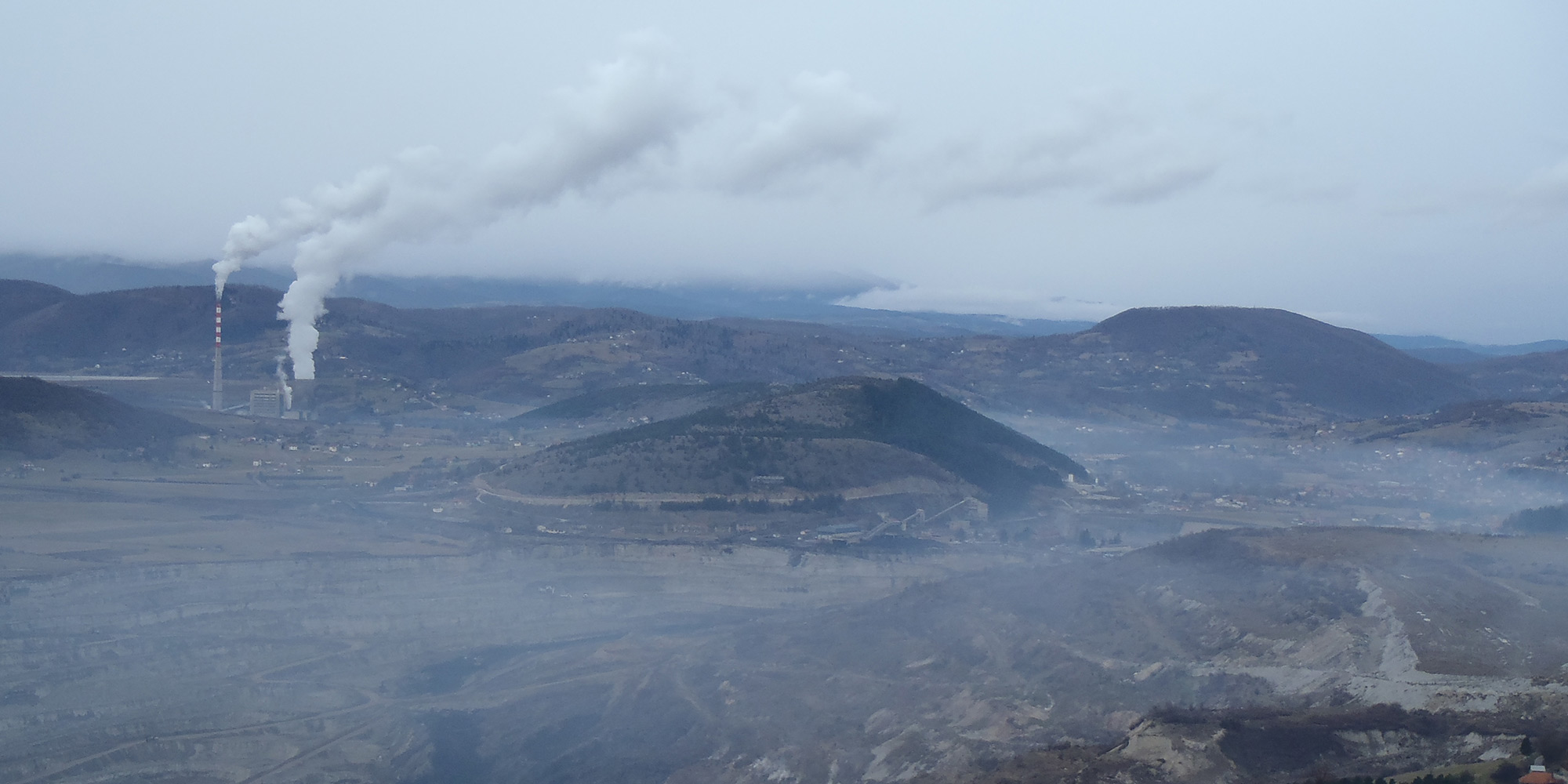This week, the Montenegrin government and Elektroprivreda Crne Gore (EPCG) finally announced the termination of the contract with Czech company Skoda Praha to build the controversial Pljevlja II coal power plant.
More than a year after the withdrawal of the Czech Export Bank from financing the project, Skoda Praha has not managed to find financing for the project, as it was obliged to do under the contract.
This is another nail in the coffin for a project which groups like Green Home, MANS and Bankwatch have argued is not only climate-damaging but also economically unviable. Even the EBRD’s then representative in Montenegro, Giulio Moreno, stated earlier this year that the EBRD does not support the new unit as Montenegro can generate electricity from other sources, and that its construction was clearly a political decision.
Montenegro certainly generate electricity from other sources. We are talking about a country of 600,000 people here, not 60 million. In addition to its existing hydropower plants, in 2017 the 72 MW Krnovo wind farm started operating and construction started on the 46 MW Možura wind farm. But the country’s significant solar potential has hardly been touched yet, nor has its energy saving potential. That much more can be done has been shown by a range of energy scenarios by NGOs, think-tanks and the International Renewable Energy Agency (IRENA).
Unfortunately, instead of using this ideal opportunity to consign Pljevlja II to the history books where it belongs, EPCG and the Government have emphasised their commitment to moving forward with it, and promised to make a proposal on an alternative solution for carrying out the project by the end of January 2018.
But it’s not too late to stop digging this ever-bigger hole. Finding a new partner, adjusting the project to meet the latest LCP BREF standards and re-assessing the project’s finances will all take years. Better to stop now, turn Montenegro’s energy policy around, and make the country into a real ecological state, as required by its constitution.
Never miss an update
We expose the risks of international public finance and bring critical updates from the ground – straight to your inbox.
Location: Montenegro
Project: Pljevlja II lignite power plant, Montenegro
Tags: coal | economic feasibility

